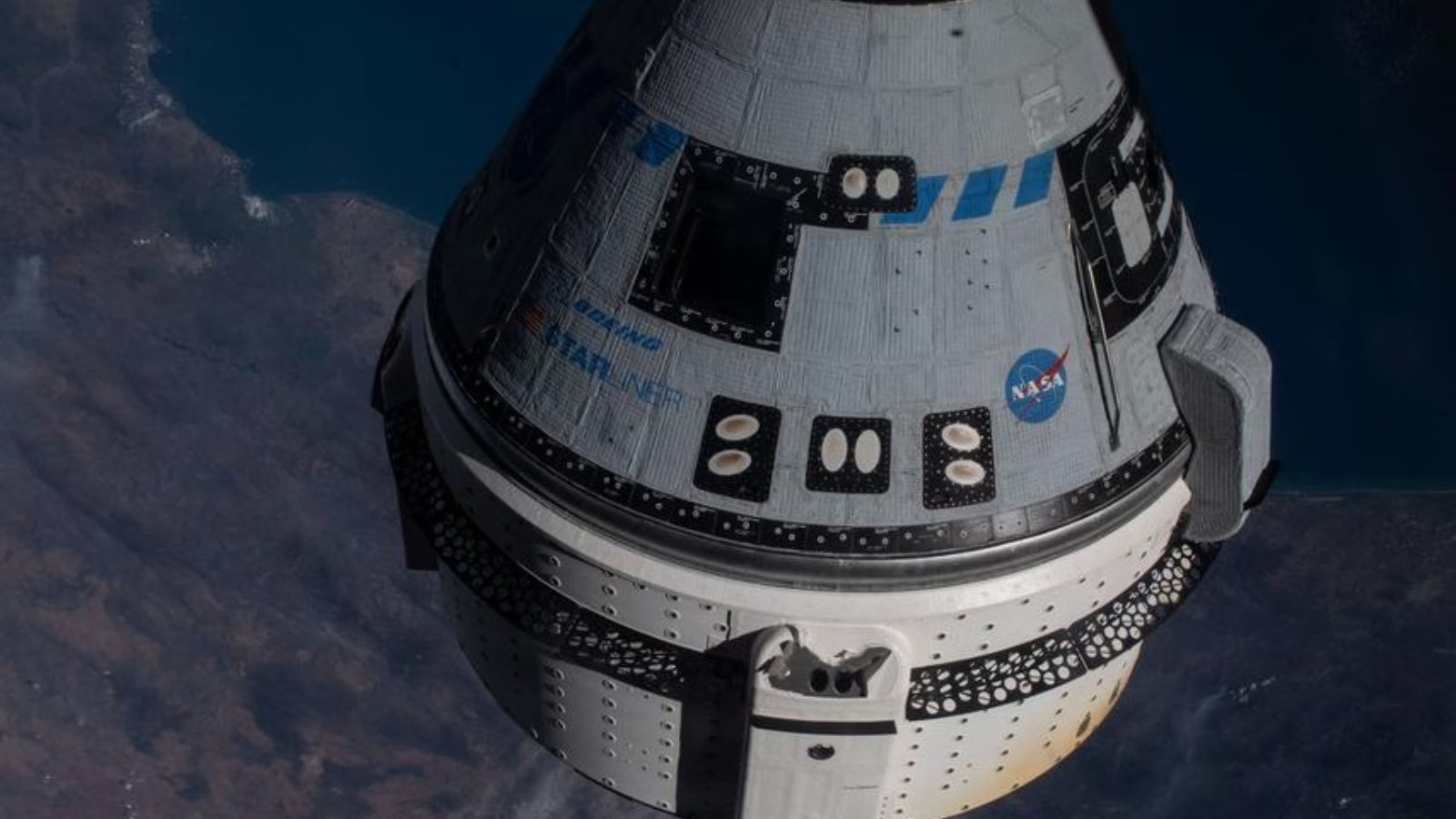
As Boeing’s Starliner finally took off from Cape Canaveral with astronauts Butch Wilmore and Sunita Williams strapped in, the moment was met with relief and quiet pride. The spacecraft had spent years in development, and this flight was to be a straightforward eight-day trip to the International Space Station—a quick shakedown cruise before regular flights. However, as is usually the case in spaceflight, it didn’t exactly go as planned. What was meant to be routine soon became a story of troubleshooting, difficult decisions, and patience.

All was going well at first. Starliner had made two test flights without a crew. This time, it was flying with a crew for the first time. Wilmore and Williams, both of whom were very experienced Navy test pilots, were thoroughly familiar with the vagaries of space flight. They didn’t have to wait long for a reminder. During the flight to the ISS, engineers discovered tiny helium leaks and that five of the capsule’s reaction control thrusters had failed. Since those thrusters are needed for maneuvering and landing safely on Earth, the discovery rewrote the entire mission.

NASA and Boeing were not leaping into a panic, but they also recognized that they could not brush it off. White Sands Test Facility crews in New Mexico sprang into action to duplicate the problem and run diagnostics. The work hypothesis was that the extreme heat had caused Teflon seals in the thrusters to swell, plugging up the fuel stream. While some of the thrusters later went back into service, trust in the system had already been undermined. NASA Commercial Crew Program manager Steve Stich didn’t mince words: there were simply too many unknowns, and no one wanted to gamble on a hasty recovery.

The ensuing debate had the intensity of a war room strategy session from a military battle plan. Do they return the crew on partial data? Should they just ride it out and continue to test? Or should they go to a backup plan? NASA was in meeting after meeting, weighing all the options. One option was to attempt to get them back on Starliner, but the other was to leave the astronauts on the ISS and bring them back another day on a SpaceX Crew Dragon. That meant extending their visit—months possibly—but it was the safer course of action.

NASA Administrator Bill Nelson reminded everyone of a hard truth: “Spaceflight is risky, even when everything appears fine.”. Test flights, by definition, are hazardous and non-nominal.” Ultimately, the call was made to leave Wilmore and Williams on board the station and bring Starliner back to Earth without them. It wasn’t a technical trade-off so much as it was a statement of values—safety over appearance. The engineers, the mission controllers, the safety experts, and the astronauts themselves were all consulted, and no one was eager to risk anything unnecessary.

After the decision was made, Starliner was prepared for its solo return. Meanwhile, Wilmore and Williams were immersed in station life, becoming part of the full-time crew of Expedition 71/72. A test flight that began as an eight-day mission became an extended-duration stay. The astronauts soon got into their new rhythm, making contributions to experiments, maintenance work, and even helping ground staff remotely troubleshoot Starliner’s systems. With regular supply missions and good morale, they fell into their extended mission effortlessly.

Back on the planet, ripple effects were already evident. NASA reshuffled its flight manifest, rescheduling the next Crew Dragon mission to include Wilmore and Williams’ eventual return. Starliner, which had landed in the desert, was shipped back to the Kennedy Space Center for a full inspection. Routine flight certification ceased, and the next scheduled mission was officially transferred to SpaceX. Boeing itself had to begin anew. Veteran manager Mark Nappi quit, and veteran Starliner development man John Mulholland returned to lead the program once more. The new imperative was clear: resolve the thruster problem, repair relationships, and prove there remained a place for Starliner in NASA’s future.

Of course, the incident hit the headlines. Critics accused NASA of “stranding” astronauts or challenged the program’s credibility. But the agency refused to be emotional. Contingency plans were always on hand, and Crew Dragon was an insurance policy. Wilmore and Williams were never genuinely at risk at any point.

What this episode pointed out was the value of redundancy in human spaceflight. Years earlier, NASA had actually put money into both Boeing and SpaceX, knowing that two systems would provide an insurance policyift something went wrong. That wisdom paid off here. Having Crew Dragon available, NASA had options, and options equal staying power.

Down the line, Starliner’s path is going with caution but feasibility. More ground testing and at least one more uncrewed flight are planned before astronauts ride it again. It’s not the timeline everybody envisioned, but in the tough space business, flexibility at times trumps perfection. Missions hardly ever go according to script, and success is a function of how much teams can adapt under pressure.

In the end, this flight became more than a test flight. It was an in-the-making test of engineering sensibility, problem-solving, and decision-making together under pressure. Starliner’s story isn’t over yet, and its role in America’s space program continues to be written. But the lessons of this chapter will resonate for decades to come, shaping how crews go off the planet—and how they safely return home.
